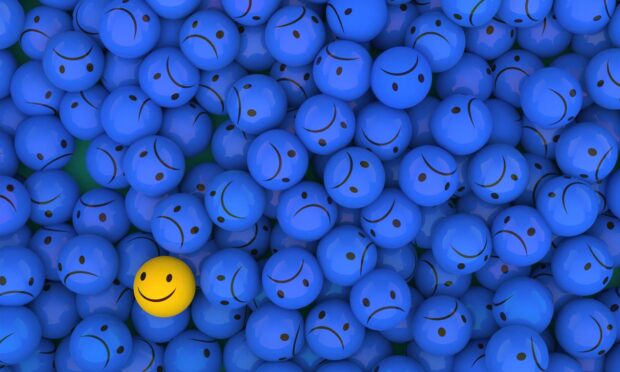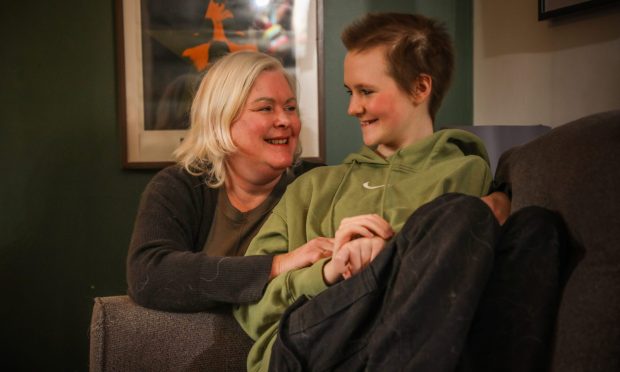It’s cold, grey and miserable outside. You may have fallen off the New Year resolution wagon. And your credit card is likely groaning under the weight of festive spending.
No wonder January 16 has been given the title of Blue Monday, the most depressing day of the year!
The phrase, first coined by Sky Travel in 2005, is said to have been calculated using an “equation” taking into account things like the weather.
Some have dismissed it as pseudoscience and a recent survey says half of people think it’s just a gimmick.
But if you’re one of the 48% who think it does have a negative impact on mood what can you do to beat Blue Monday?
And if it’s more than feeling low, where do you go for help?
The survey for Blu also revealed 19% of Scots are booking the day off work – but what else can you do if that’s not an option?
Beat Blue Monday: Set aside time for you
It’s important you take time to recharge so you don’t feel deflated and burnt out, which could lead to low mood.
Trying to keep upbeat, thinking of the lighter side of life, or the things in your life that you’re grateful for, can help lift you.
Mental health specialists from Delamere suggest these top five tips:
- Don’t overwhelm yourself with social engagements – instead cook yourself a nutritious meal or go for a walk.
- Try to limit your screen time – instead try some gentle exercise.
- Get back into reading or try mindful meditation.
- Set reminders to call your family – check in and stay in touch, even once a week.
- Try to appreciate your surroundings – make a point of noticing the little things in your day, the sunrise, the birds singing, the buildings you pass.
Low mood vs depression
It’s worth remembering there’s a difference between low mood and depression.
You can find out more information about these two conditions on NHS Inform.
But whatever the cause, if negative feelings don’t go away, are too much for you to cope with, or are stopping you from carrying on with your normal life, you may need extra support.
Where do I go for help?
Talk to your GP or speak to a Breathing Space advisor on 0800 83 85 87 from Monday to Friday 6pm to 2am and 24 hours a day at the weekend.
If you are feeling distressed, in a state of despair or suicidal you can contact NHS 24 on 111 or Samaritans free from any phone on 116 123, 24 hours a day, seven days a week or you can email jo@samaritans.org or visit Samaritans online.













